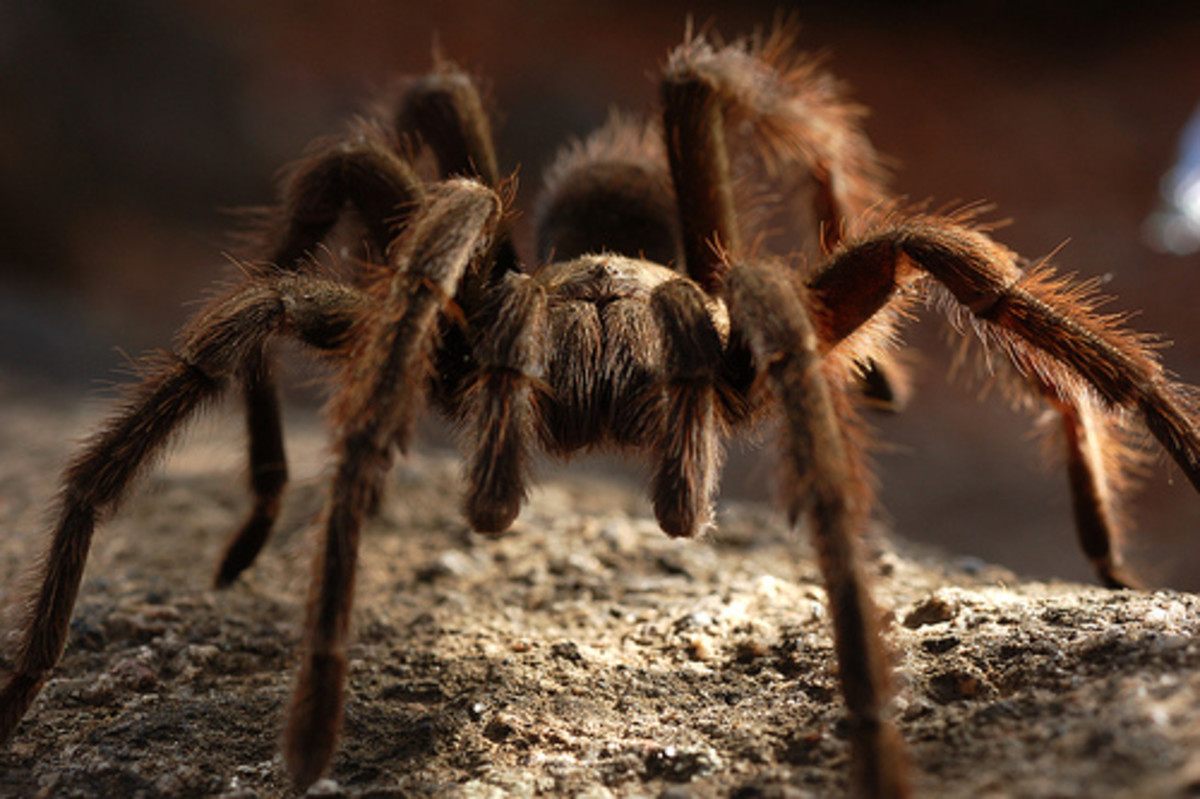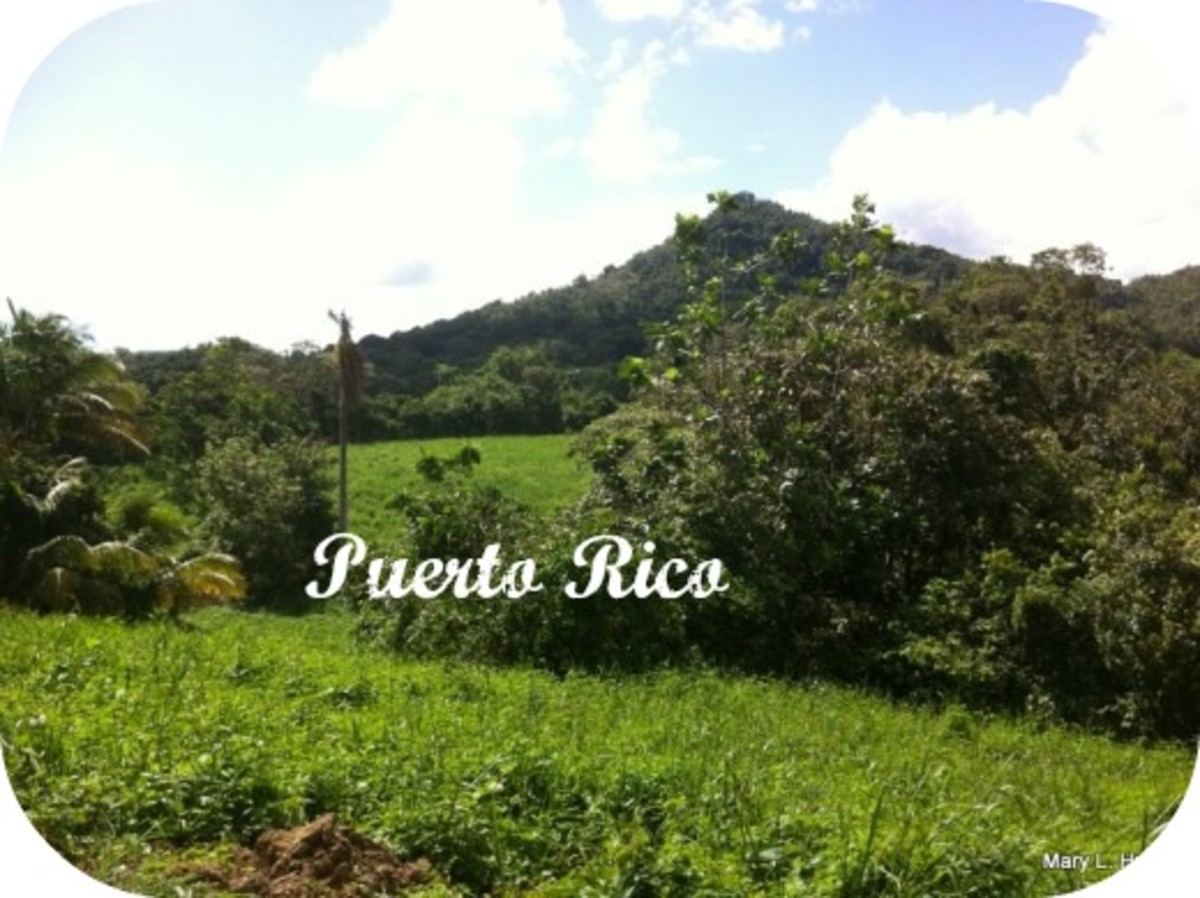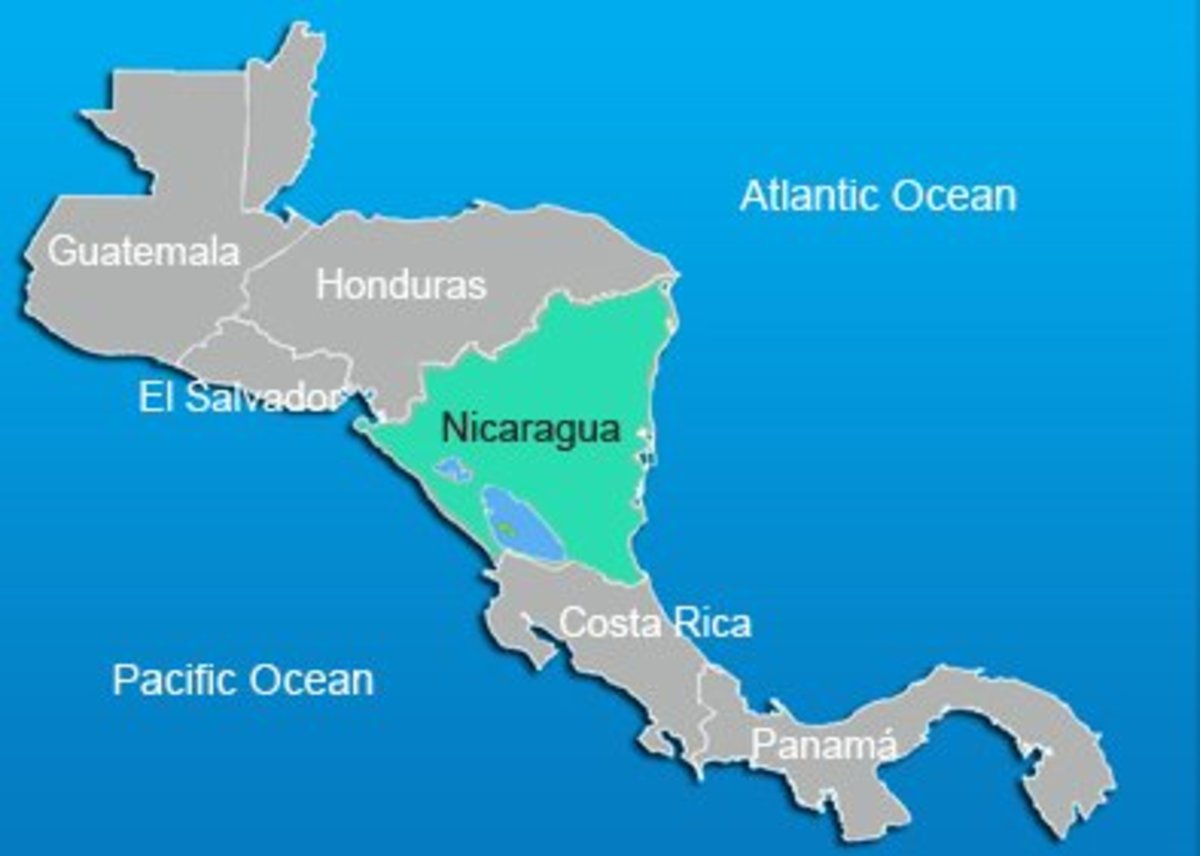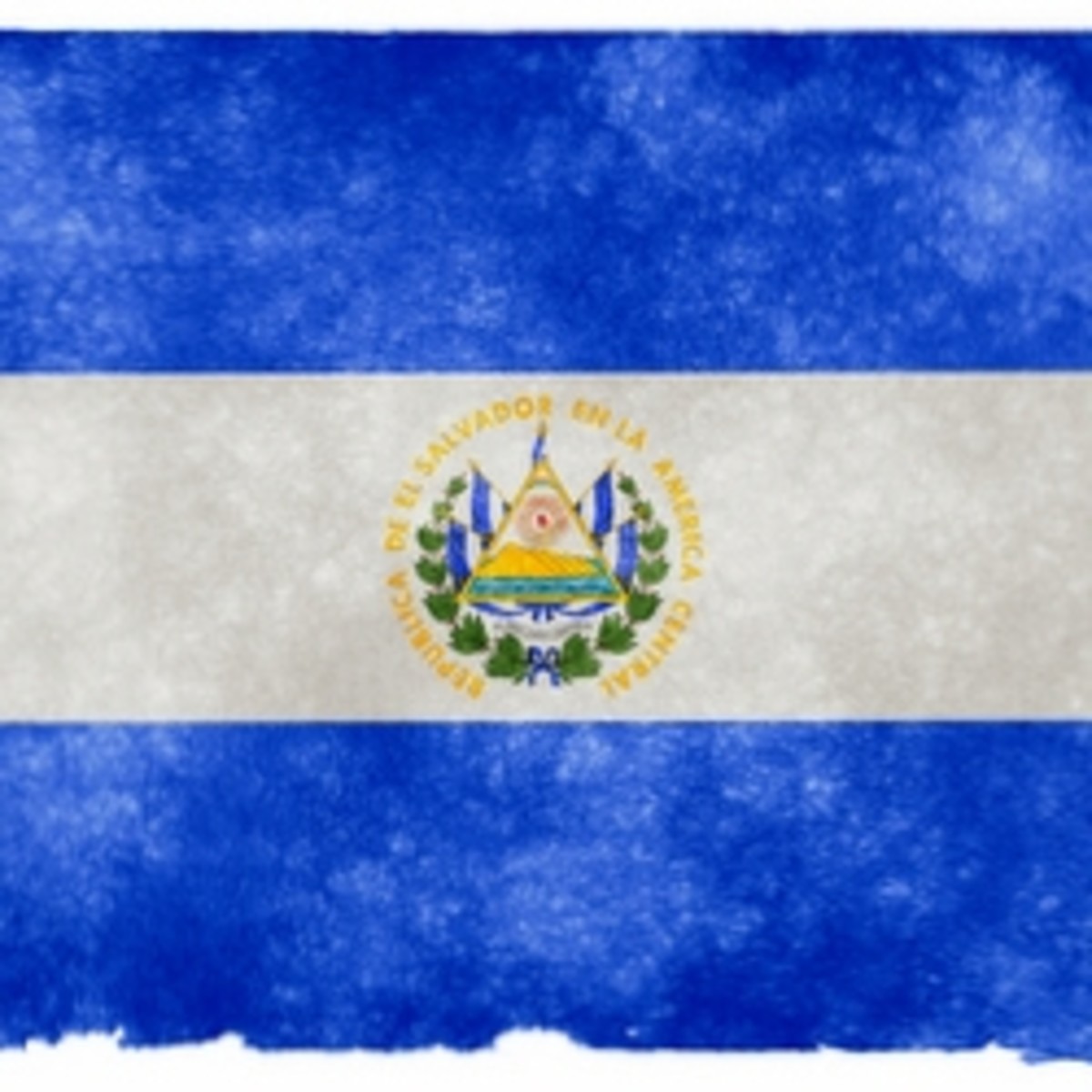- HubPages»
- Travel and Places»
- Visiting North America»
- Central America
Climates, Tropical Forests and National Parks of Costa Rica
Parks in the Different Climate Regions


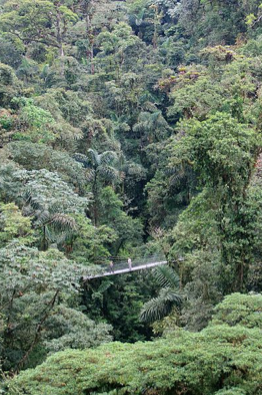
Intro - Tropical Forests and Parks
(This long article includes two maps related to this discussion on tropical forests and parks, as well as several photos below showing examples of birds, animals, etc which can be found in these protected areas of Costa Rica.)
I have many opportunities to go out and see the rich diversity of plant and animal life that Costa Rica offers. Part of that diversity is due to the several different types of climates that are present within the forested regions. Forest climate regions of Costa Rica include rain forests, cloud forests and tropical dry forests. Rainforests and tropical dry forests are found in the lowland regions of the country, while cloud forests are found in the mountain ranges, which can be as high as 13,000 feet.
Tropical rainforests have an average rainfall from 80 to 140 inches per year. An example of a national park having the tropical rainforest characteristics is the Cocorvado National Park, located on the Osa Peninsula in the far southwestern corner of the country, near Panama.
Cloud forests occur at the peaks of the mountains. One of the most well-know sites that has the this climate is the Monteverde Cloud Forest, or the Santa Elena Reserve, where you can take a 3-hour walk over hanging bridges. It is not a national park, but it functions as one. Other cloud forest environments are scattered throughout Costa Rica. For instance, Parque Nacional Braulio Carillo is just east of San José, on the way to Limon. Looking at the map below, cloud forest environments can be found wherever the color brown is shown, at elevations of about 5,000 feet and above.
The tropical dry forests occur in the northwest province of Costa Rica, Guanacaste. In this area, there is a pronounced dry season from mid-December to May. During this time, the volcanic mountain range, known as the Cordillera Volcanica de Guanacaste, blocks moisture coming from the Caribbean Sea. This season causes the grasses dry and many of the trees lose their leaves. However, it is the season where many of these trees also flower, so there are an abundance of blooms, especially during the month of February.
In the areas that are between the mountain ranges and the plains, there is also another type of forestation, the humid-tropical forests. The Selva Research Station, east of the Cordillera (mountain range), is located within this type of forest. Areas having this type of climate are scattered throughout all of the provinces of the country.
Climate and Forest Zones of Costa Rica

National Parks and Reserves of Costa Rica
About 20% of the land area of Costa Rica is set aside as either reserves or parks. Three of the parks have been declared by UNESCO as a World Heritage sites: Cocos Island, Parque Nacional La Amistad which is shared with Panama, and Aréa de Conservación Guanacaste.
The map below shows the major parks and reserves in the country. Here is the key to the numbers on the map and a brief description of each location:
1. Silvestre Caño Negro – This protected area is located in the central northern part of the country near Nicaragua. It has a humid rainforest environment and a scientific research center. This lowland area floods seasonally and has several lakes, swamps and lagoons that are the home of many bird species and amphibians. The Caño Black Lagoon has as its water source the Frio River, but there is a pronounced dry season from January to April. At this time, many small ponds, streams and beach areas are found. See the photo below of the striking Brasilicus plumifrons lizard which is found here.
2. Parque Nacional Tortuguero - Located in the northeastern part of the country, Tortuguero is perhaps the most humid and rainiest of the parks in the country. It is rich in biodiversity as well, having significant numbers of parrots, bats, frogs, toucans, tree sloths, monkeys and of course, turtles. The enormous loggerhead turtle lays its eggs along the beaches there. There are several international volunteer groups that help protect the endangered turtles and eggs from poachers.
3. Refugio Barra Honda Nacional Colorado - This park is not well know for its diversity of species, having coyotes and reptiles as primary inhabitants. It does have many caverns, 19 of which can be explored. About 40 caverns have been discovered on this site.
4. Parque Nacional Braulio Carrillo - This park is bisected by the highway that traverses the rough terrain, making its way from San José to Limon. There are three different types of forestation in this reserve: cloud, tropical rain and humid forests. It is accessible to tourists via roads from Siquirres. You can find old growth forests and many tropical flowers of the heliconia and orchid groups. The terrain has been a major factor in protecting the diversity of species in this park.
5. Parque Nacional Volcán Poas - This volcano, north of Alejuela, is a little over 8,000 feet high. At the upper altitudes there are zones with little vegetation and dwarfed plant species that can survive the harsh environment. Cloud forest environment and tropical humid environments are found, with representative animal species like marmots, toucans, quetzales (photo below) and bats.
6. Parque Nacional Juan Castro Blanco - Located just west of Poas Volcano, this park is in the central volcanic area of Alejuela province, where there are humid and very humid forests. There are more than 44 species of amphibians, over 100 bird species and 30 types of animals. Many of these are classified as being in danger of extinction in Costa Rica.
7. Parque Nacional Volcán Arenal - This is the most active volcano, having an almost perfect cone shape. The park which surrounds the volcano has many species of plants and animals. This is because there are four different ecological habitats: upper and lower mountain rain forest, tropical wet forests and a transitional pre-mountain rain forest. Forests cover about 50% of the park area. A photo of the volcano is below.
8. Parque Nacional Palo Verde – a protected wetlands area at the mouth of the Tempisque River in southwest Guancaste. There is a scientific research center located in this park. This area is know for having the highest diversity of bird species in Central America. Most are migratory and they come during the dry season, January to April. Species that can be seen include storks, ibis, grebes, herons and spatulas. In the middle of the river Tempisque there is the Island of Birds, where several exotic species can be observed. Other bird species that can be seen include toucans, macaws and the great curassow (photo below ).
9. Refugio Vida del Silvestra Barra Colorado - This refuge is in the northeast corner of the country, bordering Nicaragua and the Rio Colorado. It is a habitat that has many amphibians as it serves as a flood plain for the river. An unusual event is the migration of bull sharks up the river in their journey to Lake Nicaragua. The riparian habitat causes much biological diversity which has not been fully explored.
10. Parque Nacional Diria - This park was created in 1991 to help preserve the tropical and cloud forests of the Nicoya Peninsula. Over 380 species of plants and around 140 species of birds have been identified in this park, and there is a cabin for groups of 25 people which normally houses people on scientific investigations of the area.
11. Parque Nacional Rincon de la Vieja - This volcano is about an hour away from Liberia and it has well-marked trails for people to hike on. The best times to hike on the mountain is during the dry season, because crossing the streams during the wet season can sometimes be impossible. There is a lot of biological diversity and you can also see bubbling mud pots, as well as the crater. The park can be approached from the northern side via roads that pass through San Jorge. I bathed in a small, steaming stream once in the middle of the tropical forest. It was heaven.
12. Parque Nacional Santa Rosa - located between the Guanacaste National Park and the Pacific Ocean, this park has trails that range from 1 to 20 km, and it has two pristine beaches, Playa Nancite and Playa Naranjo. The "casona " is the site of one of the famous battles for the independence of Costa Rica, so this site is of historic interest. I has a small museum and a building that was built after the original one was burned down by an angry poacher.
13. Parque Nacional Guanacaste - this International Heritage site has one of the few dry tropical forests in the world. The climate is dry during the months of January to April due to the Guanacaste Cordillera blocking moisture entering in from the Caribbean Sea.
14. Parque Nacional Carara - This park is west of Jaco and its name is from the Carara River which is in the middle of the park. Carara is an indigenous word that means "full of crocodiles." This river empties into the Tarcoles River, which is also full of crocodiles. It has a dry forest in the north and a tropical wet forest in the south, so there is a lot of biological diversity present. The park is considered a reserve for the red lapa, or red parrot. If you are bird-watching, just remember to look around your feet for crocodiles once in a while....
15. Parque Nacional Barbilla - Located between Cartago and Limon, this park has a wet tropical rainforest environment. The rivers drain into the Pacuare River. This park is considered to have the fewest number of visitors in Costa Rica, perhaps because of its location, climate and terrain. The environment provides a haven for many animals, including ocelots, jaguars and tolomucos (photo below). The park can be accessed from the city of Siquirres and guides are recommended.
The Barra Honda Caverns
Map of Parks, Reserves and Protected Zones in Costa Rica
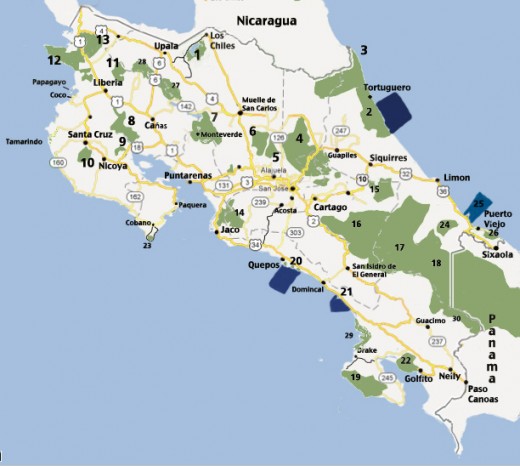
Amazon Products, Parks and Preserves
More Parks, Protected Zones and Reserves
16. Parque Nacional Tapanti-Macizo de la Muerte - Located in the Talamanca Range (cordillera), this 48,000-hectare park is noted as a habitat for 300 species of birds, 45 animal species and 32 species of frogs and toads. The Tapanti section of the park has a humid pre-mountain tropical forests and has the most rain. The terrain varies from 2000 to 10,000 feet (Cerro de la Muerte) in elevation.
17. Parque Nacional Chirripo - In this park, you can see evidence of glacial action that occurred 25,000 years ago, as evidenced by the U-shaped valley, moraines, and glacial terraces within the park. You can see a glacial terrace and lakes in this 360-degree panorama photo. It is located in the Talamanca Range between Tapanti-Macigo and Parque Nacional La Amistad. This park has cloud forests with many species of bromeliads and orchids. Because of the elevation, it can be quite cool and the weather somewhat unpredictable. The park provides protection for the sources of the two Chirripo Rivers, one on the Atlantic side and the other on the Pacific.
18. Parque Nacional Internacional La Amistad - This International Heritage park adjoins the southern border of Chirripo and it extends past the southern border of Costa Rica into Panama. There is a total land area of a little over 400,000 hectares protected between the two countries in this park, split almost evenly between the two. The park is considered a biological habitat bridge between Central and South America. Because of the isolation this region, indigenous inhabitants have retained many of their traditional customs. Cloud forests and very humid tropical forests provide an environment of abundant biological diversity.
19. Parque Nacional Corcovado - This park in the southwestern lower part of the country is a conservation area for what is considered one of the last portions of humid tropical forests of Pacific Mesoamerica. This park is an object of many scientific investigations due the immense biological diversity and animals which are in danger of extinction. There are four different types of forests and an estimated 500 species of trees can be found in this park, some of which are rare. Five species of wildcats and around 350 species of birds can be seen if you have enough time. A video of a hike through the park is included below.
20. Parque Nacional Manuel Antonio - South of the town of Quepos, this small park includes some forests and protected marine areas that extend out from the shoreline. There are many species of plants (346), animals (109) and birds (352) that have been recorded within the park and many tourists come to enjoy the biodiversity.
21. Parque Nacional Marina Ballena - This park near Uvita includes only 115 hectares of land and less than 6 hectares of marine protected area. Destruction of forest habitat in and around this area has led to sedimentation over the coral beds, which harbor some species that are in danger of extinction, including the spiny lobster (Panulirus sp.). There are around 70 species of fish in these waters and many invertebrate species.
22. Parque Nacional Piedras Blancas - This park was created relatively recently in 1999. It is the home of around 140 species of mammals, 53 of which are different bat species. Here, you can spot the red-eyed tree frog, Basilicus lizards, various poisonous species of snakes like the fer-de-lance and five different species of wild cats - the jaguarmoundi, ocelot, jaguar, puma and the tigrillo. If you are in the vicinity of the Osa Peninsula, you might want to brave this park to see this diversity. The annual average of rainfall is between 100 and 140 inches at this park.
23. Reserva Absoluta Cabo Blanco - This reserve of around 1200 hectares permits only 40 visitors per day in order to protect it from environmental deterioration. It is located on the southwestern corner of the Nicoya Peninsula and includes the beaches as well as forested areas. No camping is permitted in this area.
24. Reserva Hitoy Cerere - This almost 10,000-hectare reserve in southeast Costa Rica is surrounded by reservations of the indigenous tribes of the Talamanca, Tayni and Telire tribes. The biological diversity of this reserve includes around 30 species of animals, 230 bird species, 30 different types of amphibians and 30 species of reptiles. Of the 380 or so different species in this reserve, many are unique within its boundaries.
25. Parque Nacional Cahuita - This park includes about 1000 hectares of land south of Cahuita in the Limon Province, but there are 22,000 hectares of protected marine area, projecting eastward into the Caribbean.
26. Reserva Gandoca Manzanilla - There are tropical forests of the lowlands in this reserve which is located in the far southeast corner of the country bordering Panama. The beaches of this park are visited by green and leatherback turtles for laying of their eggs. Volunteers come from other countries to help protect the eggs from poachers. (Costa Ricans think of them as aphrodisiacs.) This park receives a lot of rain, but there are dry periods between March and April, as well as between September and October. I knew a fellow who visited there once and everything got moldy, including his passport which officials were reluctant to accept at the airport.
27. Parque Nacional Volcán Tenorio - this inactive volcano is in Alejuela and Guanacaste provinces. Most of it is located in Alejuela and it is north of Lake Arenal. It contains Rio Celeste River and there is a trail that one can take to see a striking waterfall and bubbling pools that smell sulfureous due to the sulfur dioxide gas. At the end of the trail, you can soak in hot springs that are in the river to relax. It is a nice hike and it can be done leisurely in about 5 hours, round trip.
28. Protected Zone Volcán Miravalles - this active volcano emits steam in various places around its eastern flank and there are hot springs resorts in the Fortuna and Guayabo area, as well as thermal power production sites.
29. Humedal Nacional Térraba-Sierpe - a coastal wetlands protected area in the southwestern part of the country.
30. Protected Zone Las Tablas - this protected area adjoins La Amistad International park and is in the southwestern corner of the country.
Video of a Hike Through Corcorvado National Park
Photos from Parks, Reserves and Protected Areas of Costa Rica
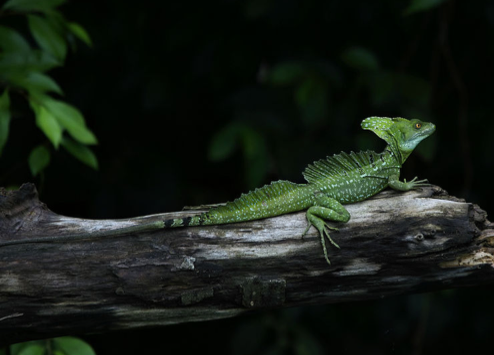
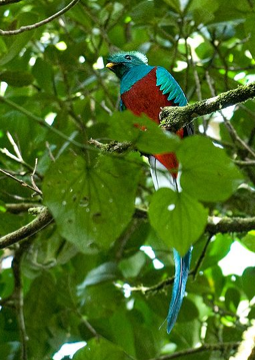

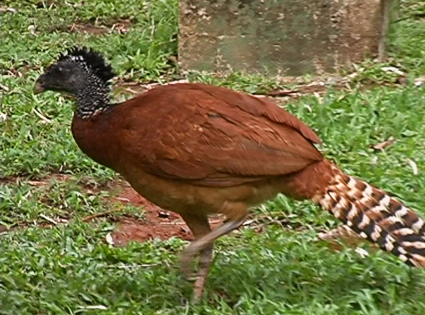
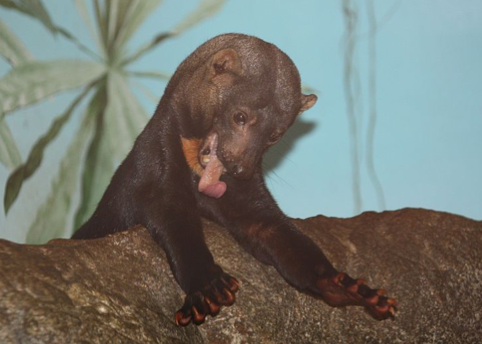
References
Bolaños, R.; Watson, V., y Tosi, J. 2005. Mapa ecológico de Costa Rica (Zonas de Vida), según el sistema de clasificación de zonas de vida del mundo de L.R. Holdridge), Escala 1:750 000. Centro Científico Tropical, San José, Costa Rica.
Costa Rica Travel. 2010. Protected Areas and Parks of Costa Rica (Spanish).
Latin America Collection. 2012. Costa Rica UNESCO World Heritage Sites.



